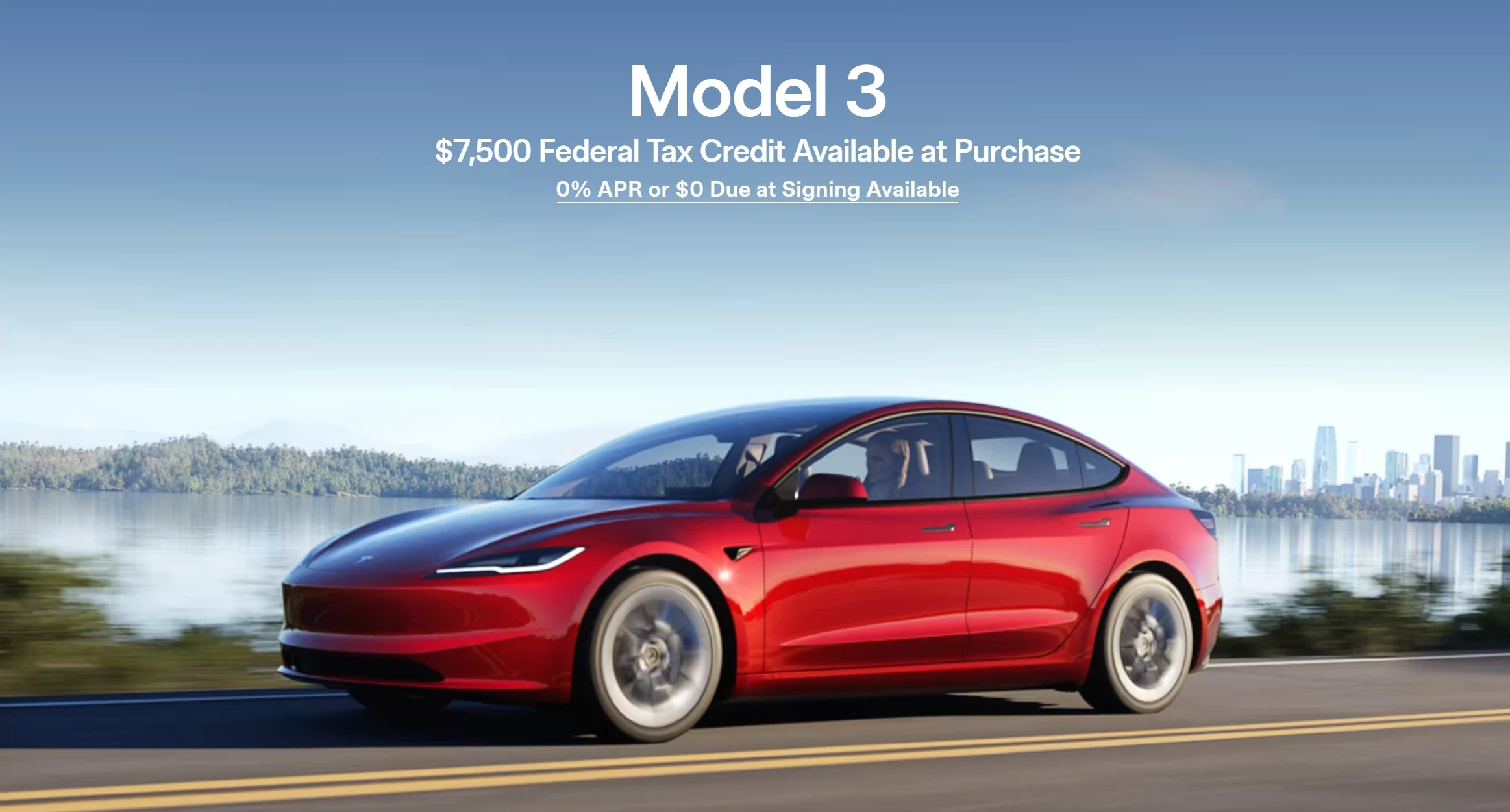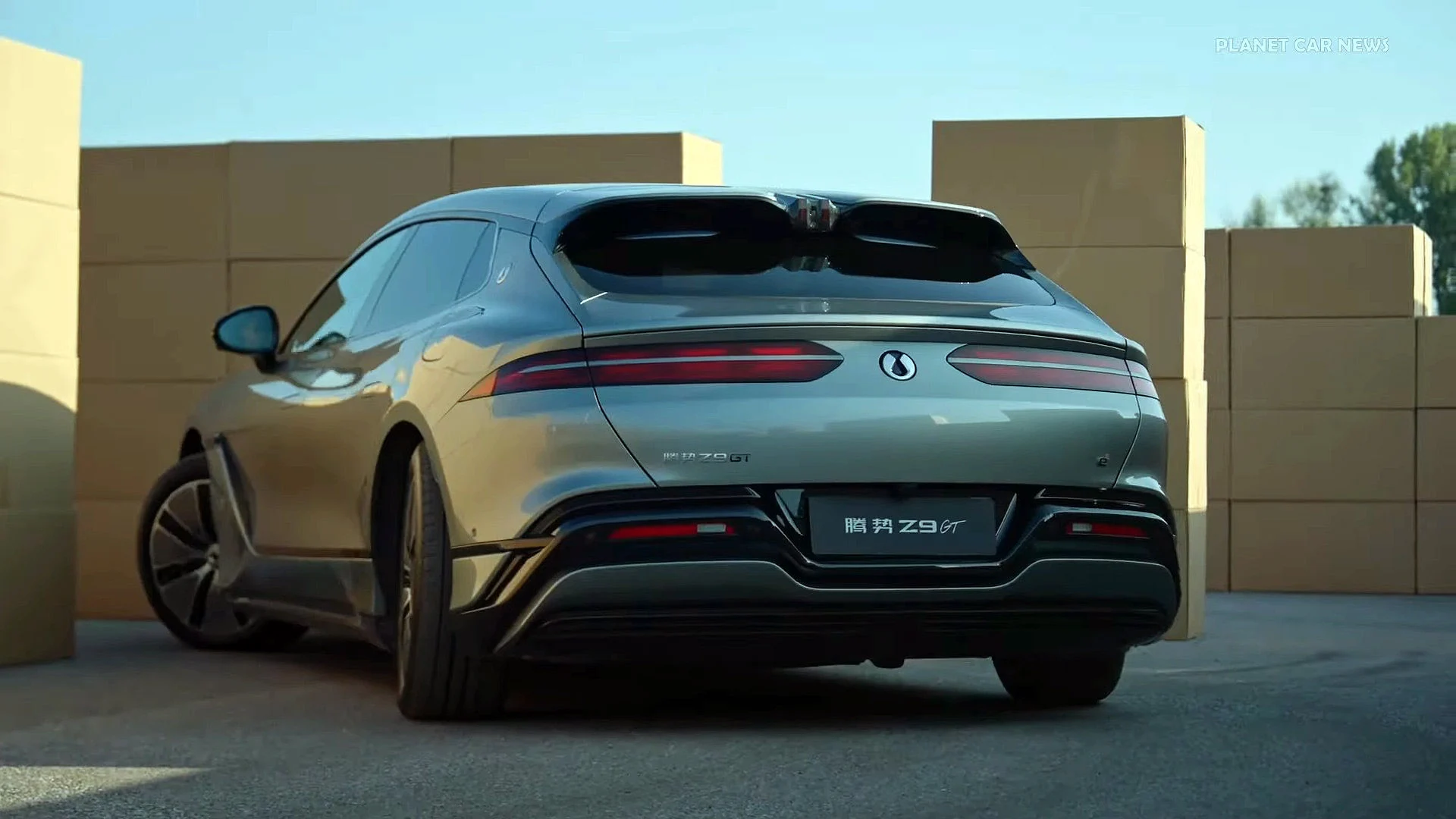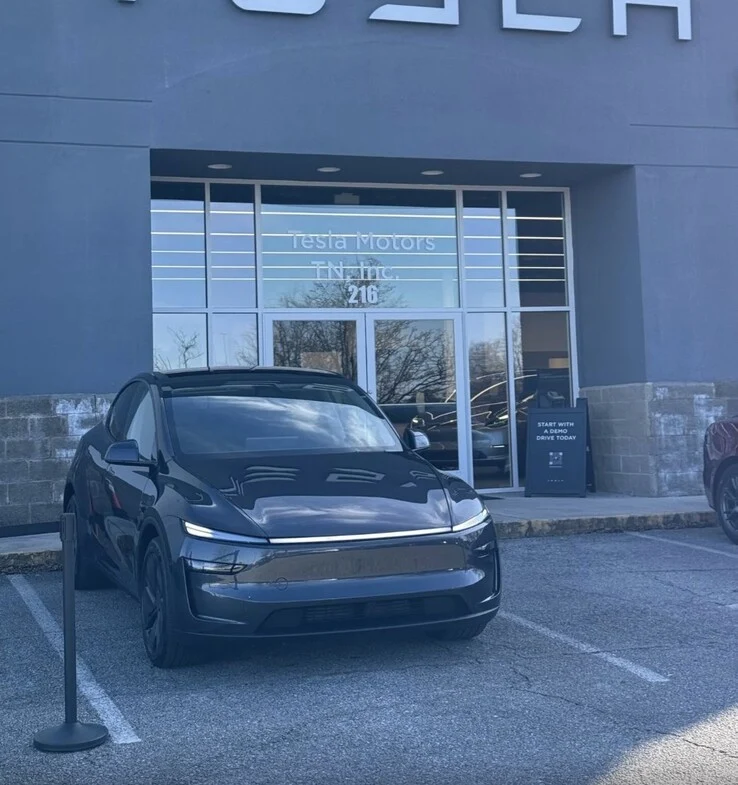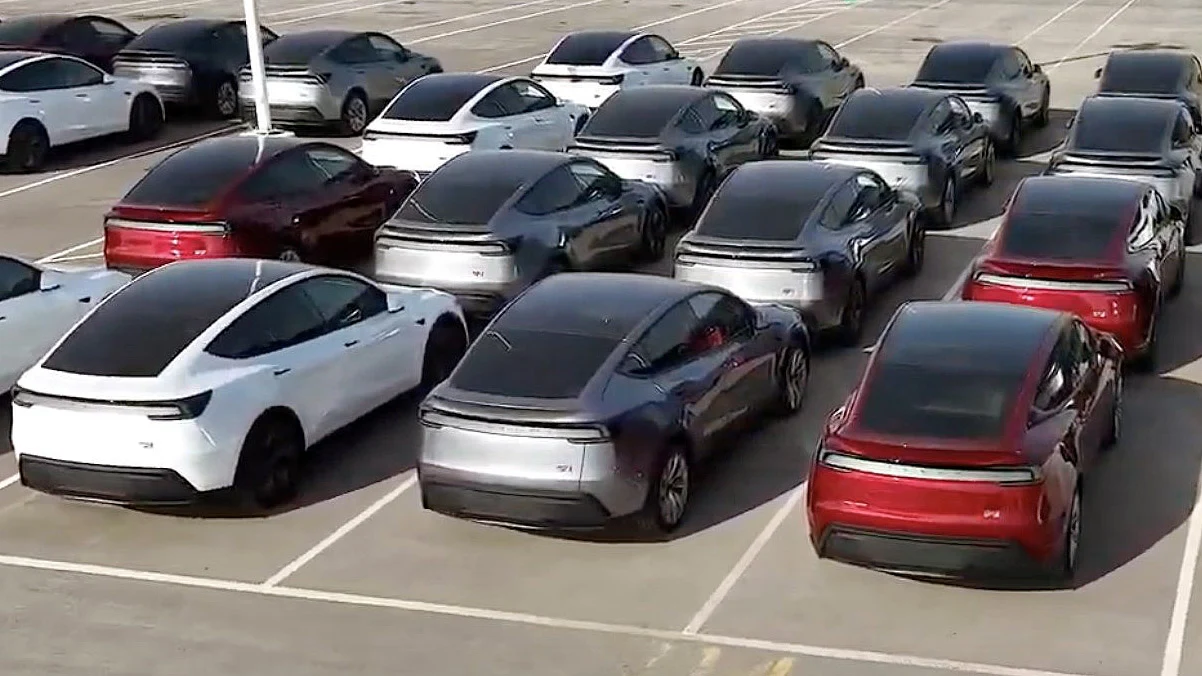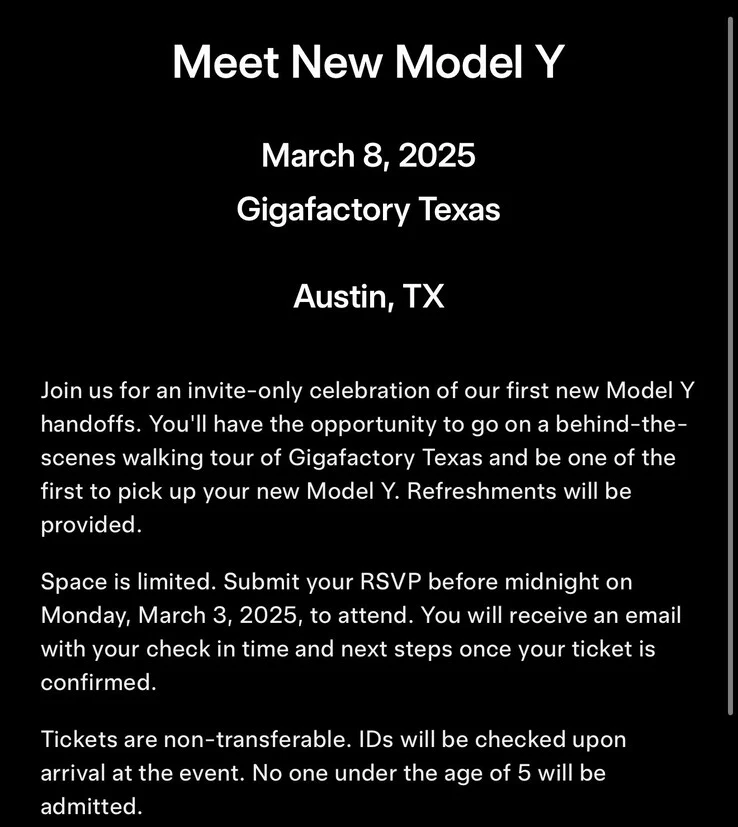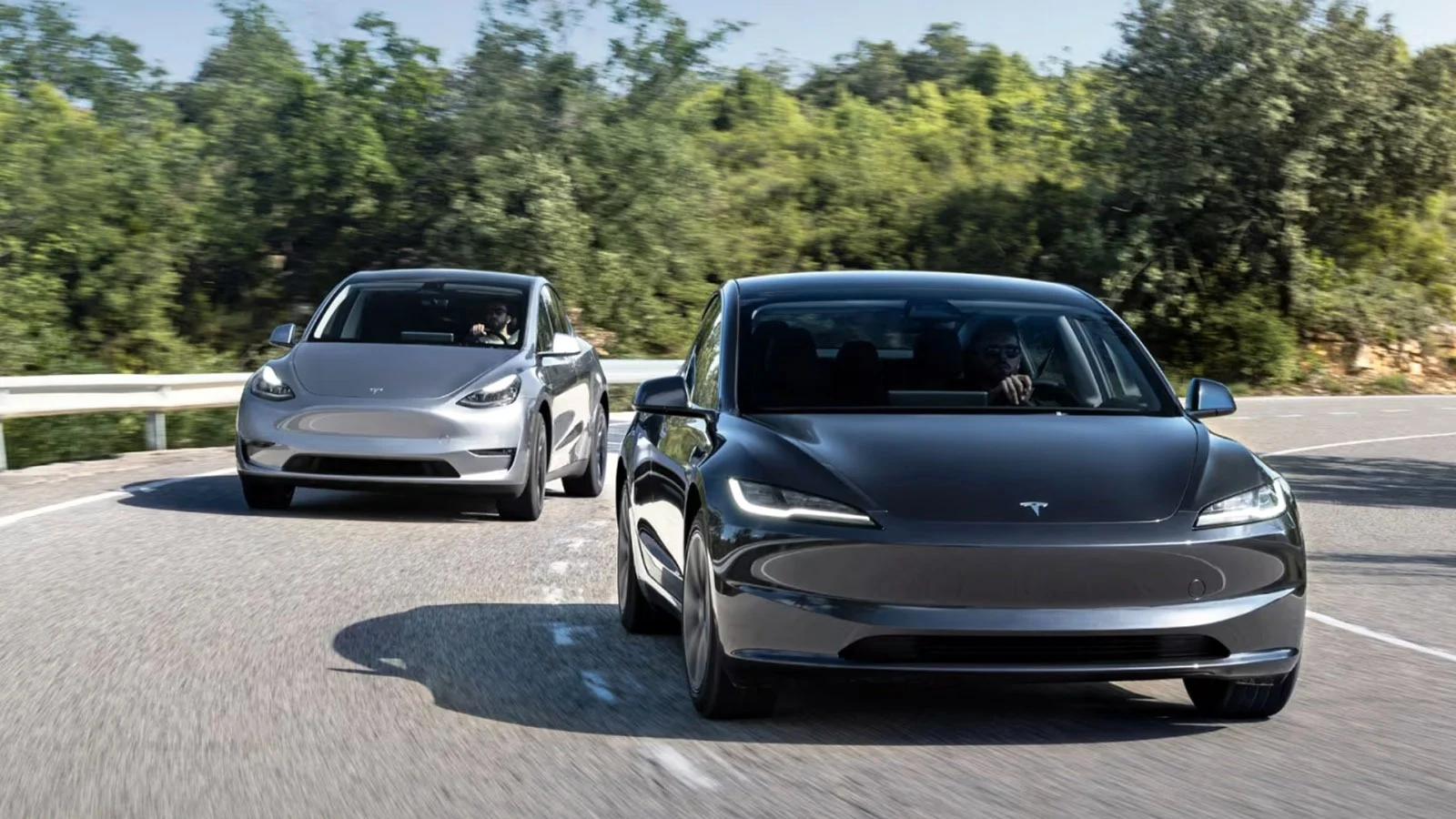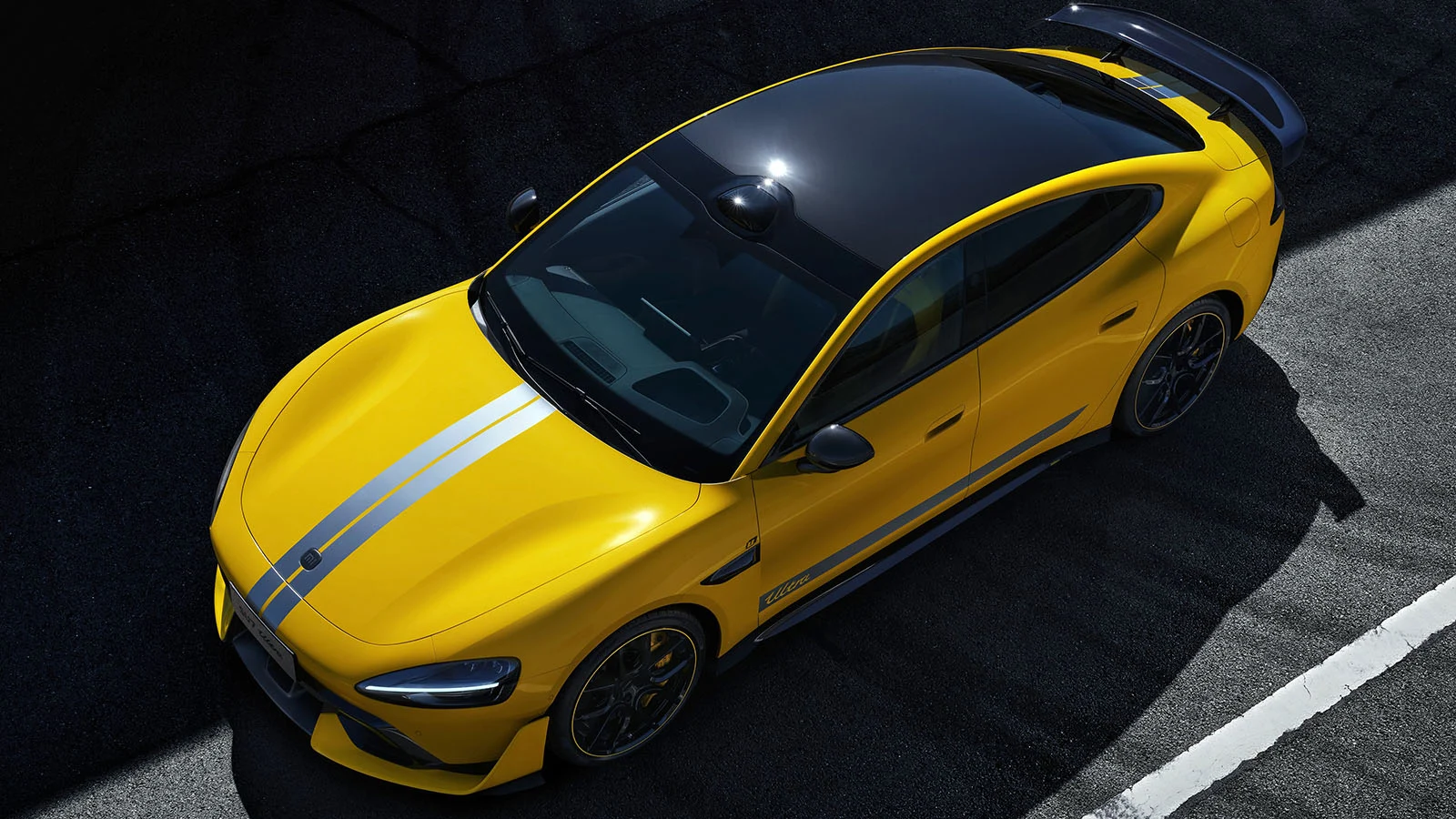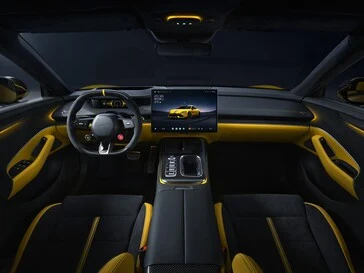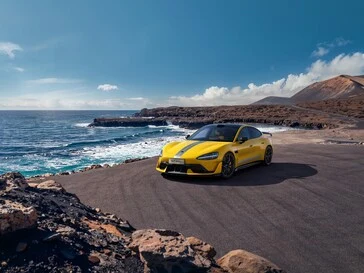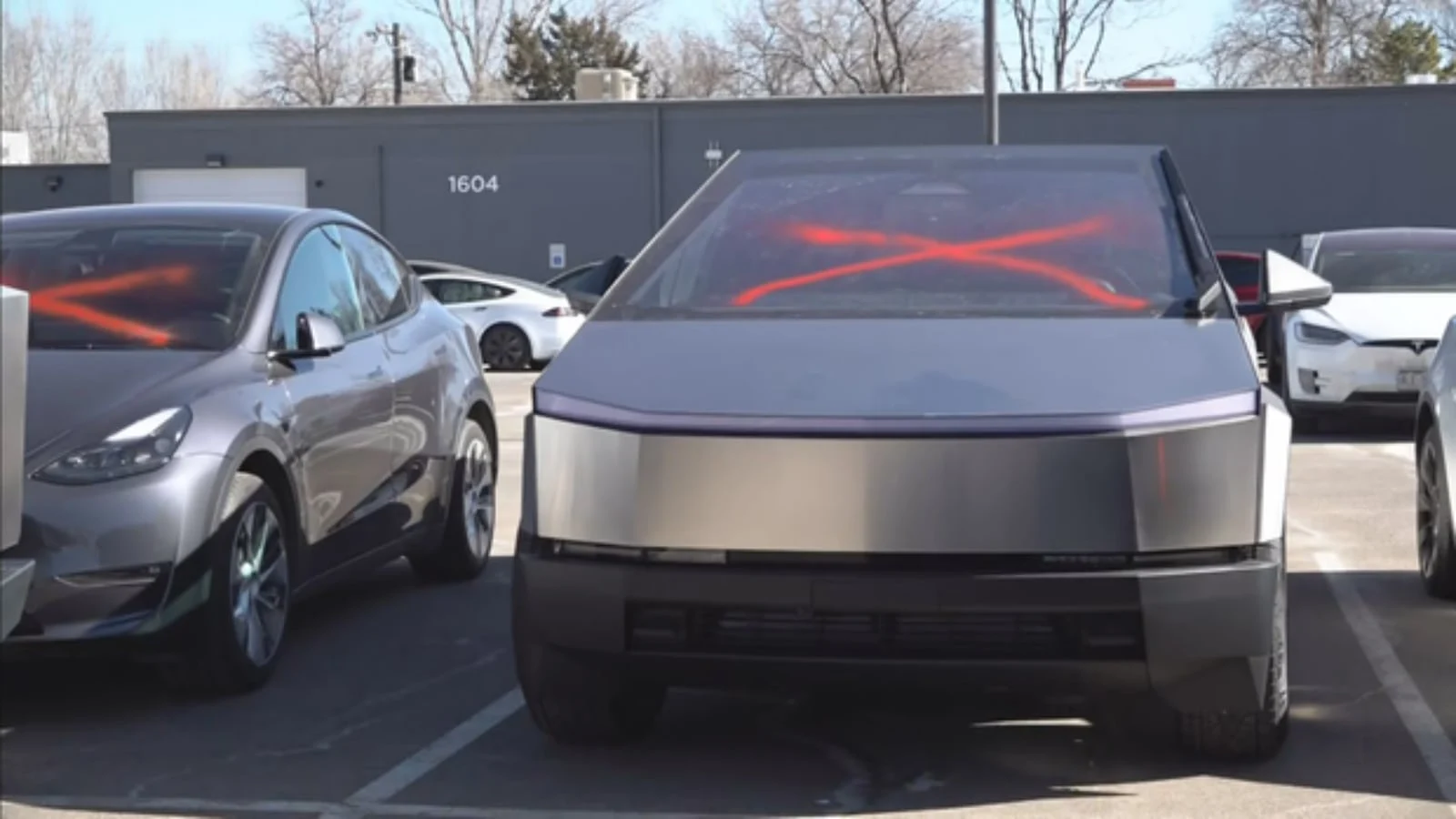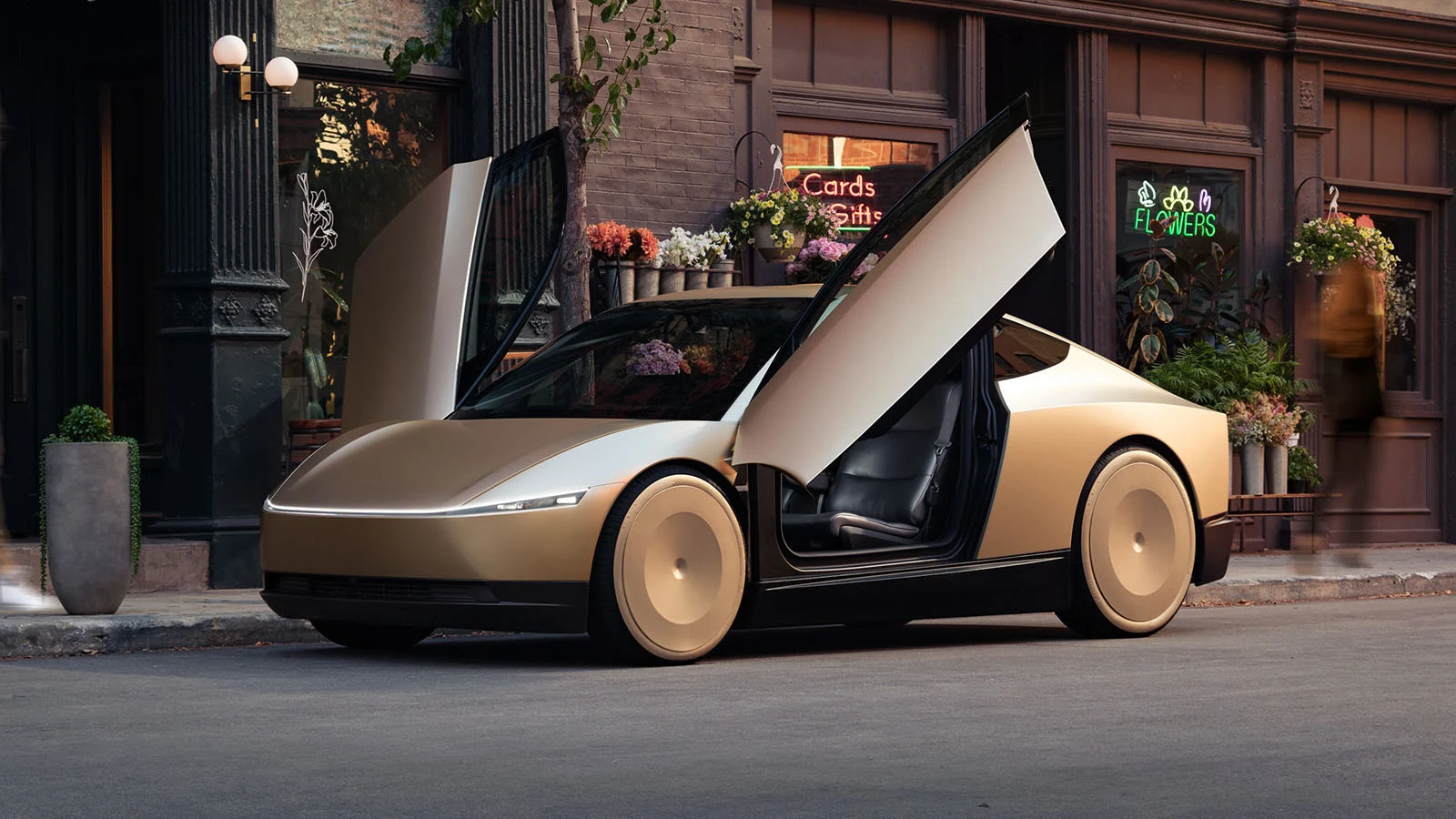Key Takeaways
1. Tesla is set to enter the Indian market with its first showrooms in Mumbai and Delhi, starting with a location in Bandra Kurla Complex (BKC), Mumbai.
2. The starting price for the Tesla Model 3 is around $40,000, but there are plans for a more affordable model priced at $25,000 (approximately 22 lakh INR) for the Indian market.
3. Tesla’s entry is expected to significantly impact the Indian electric vehicle industry by introducing advanced technologies such as autopilot features.
4. The company may consider local manufacturing in India while initially importing vehicles from China.
5. Tesla’s move follows a meeting between Elon Musk and Indian Prime Minister Narendra Modi, indicating potential government negotiations.
After a lot of chatter and reports, Tesla is finally set to step into the Indian market. The company is preparing to launch its well-known electric vehicles in the region shortly, with a new report outlining the key cities where these cars will make their first appearance in India. Let’s take a look.
First Showroom in Mumbai’s BKC
The American electric vehicle manufacturer is said to be planning to open its first showrooms in the bustling cities of Mumbai and Delhi, as reported by MySmartPrice. They have secured a 4,000 square foot area on the ground floor of the Bandra Kurla Complex (BKC) in Mumbai. This location will mark Tesla’s official arrival in India. After the unveiling in Mumbai, the company is also looking to set up another flagship showroom at Aerocity in Delhi.
Tesla Model 3 Pricing
Sadly, the specific location for the Delhi showroom is not yet disclosed. This news comes on the heels of a meeting between Elon Musk, the CEO of Tesla, and Indian Prime Minister Narendra Modi. The company seems to have intentions to make its electric vehicles more budget-friendly in India. The starting price of the Tesla Model 3 is around 40,000 US Dollars, but there are whispers about the brand developing a model priced at 25,000 US Dollars specifically for the Indian market. This roughly equates to about 22,00,000 INR (or 22 lakh INR).
Industry Impact with Tesla’s Entry
With Tesla making its move into the Indian electric vehicle sector, the whole industry is likely to feel a significant effect as the brand introduces advanced technologies, including the autopilot feature. However, it’s still unclear how the company will implement many of these features. Tesla is expected to be considering local manufacturing and may be negotiating with the Indian government. Nevertheless, the initial vehicles are anticipated to be imported from China.


